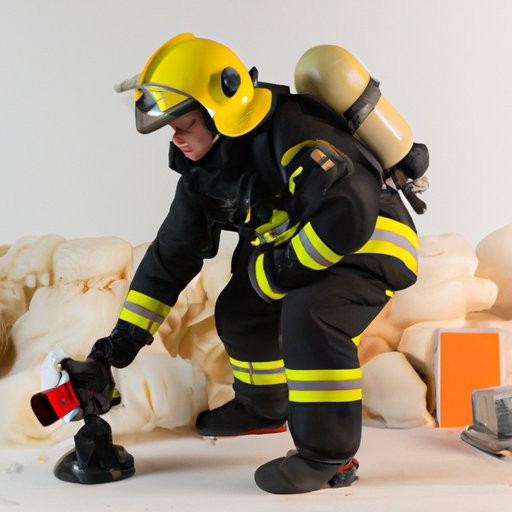Can Soybeans Replace Toxic PFAS in Firefighting Foam?
Firefighting foams are crucial for combating fires involving flammable liquids. Unfortunately, many contain per- and polyfluoroalkyl substances (PFAS), which pose serious health and environmental risks. As of May 2025, federal regulations are intensifying efforts to address these issues, spurring the search for safer alternatives. Could soybeans be the solution?

The Problem with PFAS in Firefighting Foam
PFAS, often referred to as "forever chemicals," are used in Aqueous Film Forming Foam (AFFF) due to their persistence in the environment and human body. These chemicals are linked to health problems such as cancer, liver damage, and immune system issues. Their widespread use has contaminated military bases, airports, and fire stations, leading to numerous lawsuits against manufacturers like 3M, DuPont, and Chemours. Firefighters, who face frequent PFAS exposure, report higher cancer rates and other health issues, fueling legal actions to hold these companies accountable.
Are Soybeans a Viable Alternative to PFAS?
Researchers are exploring soybean-based surfactants as potential PFAS replacements in firefighting foams. These surfactants are biodegradable and environmentally friendly. The goal is to develop a foam as effective as AFFF but without the associated risks. Early studies suggest soybean-derived compounds could match the fire-suppressing abilities of PFAS-based foams while being renewable and reducing environmental impact. However, challenges like scalability, cost, and regulatory approval remain. Although the development of soybean-based foams is in its early stages, the potential benefits are promising.
FAQs About Soybeans and PFAS in Firefighting Foam
What are the health risks associated with PFAS exposure?
PFAS exposure is linked to serious health issues, including cancer, liver damage, immune system suppression, and reproductive problems. These chemicals accumulate in the body over time, increasing the risk of adverse effects, according to the EPA in 2024.
How do soybeans compare to PFAS in firefighting applications?
Soybeans offer a renewable and biodegradable alternative to PFAS in firefighting foams. While research is ongoing, soybean-based surfactants show promise in replicating the fire-suppressing properties of traditional foams without the environmental and health risks.
What are the challenges in replacing PFAS with soybean-based alternatives?
Challenges include ensuring the effectiveness of soybean-based foams, achieving cost competitiveness, and obtaining regulatory approval. Additionally, scaling up production to meet demand is a significant hurdle that researchers and manufacturers must address.
Why is there a push for alternatives to PFAS in firefighting foam?
The push for alternatives stems from the significant health and environmental risks associated with PFAS. Legal actions, regulatory pressures, and public awareness have accelerated the search for safer, more sustainable firefighting solutions.
What role do regulations play in the development of PFAS alternatives?
Regulations are crucial in driving the development of PFAS alternatives. The EPA and other regulatory bodies are setting stricter standards for PFAS use and encouraging the adoption of safer substitutes through research funding and policy initiatives.
Take Action: Support the Shift to Safer Firefighting Solutions
Transitioning to soybean-based firefighting foams is a vital step toward reducing the environmental and health impacts of PFAS. By supporting research and advocating for regulatory changes, individuals and organizations can contribute to a safer, more sustainable future. Stay informed about developments in this area and consider how you can support initiatives aimed at replacing toxic chemicals with renewable alternatives across the United States.



